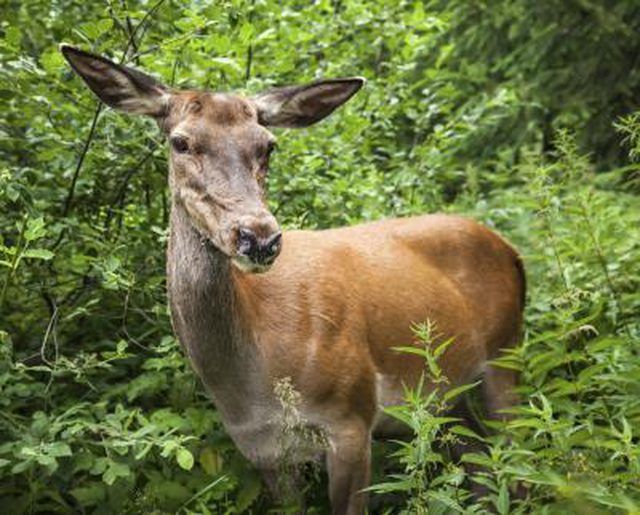Bulbs
Flower Basics
Flower Beds & Specialty Gardens
Flower Garden
Garden Furniture
Garden Gnomes
Garden Seeds
Garden Sheds
Garden Statues
Garden Tools & Supplies
Gardening Basics
Green & Organic
Groundcovers & Vines
Growing Annuals
Growing Basil
Growing Beans
Growing Berries
Growing Blueberries
Growing Cactus
Growing Corn
Growing Cotton
Growing Edibles
Growing Flowers
Growing Garlic
Growing Grapes
Growing Grass
Growing Herbs
Growing Jasmine
Growing Mint
Growing Mushrooms
Orchids
Growing Peanuts
Growing Perennials
Growing Plants
Growing Rosemary
Growing Roses
Growing Strawberries
Growing Sunflowers
Growing Thyme
Growing Tomatoes
Growing Tulips
Growing Vegetables
Herb Basics
Herb Garden
Indoor Growing
Landscaping Basics
Landscaping Patios
Landscaping Plants
Landscaping Shrubs
Landscaping Trees
Landscaping Walks & Pathways
Lawn Basics
Lawn Maintenance
Lawn Mowers
Lawn Ornaments
Lawn Planting
Lawn Tools
Outdoor Growing
Overall Landscape Planning
Pests, Weeds & Problems
Plant Basics
Rock Garden
Rose Garden
Shrubs
Soil
Specialty Gardens
Trees
Vegetable Garden
Yard Maintenance
Deer-Resistant Arborvitae
Deer-Resistant Arborvitae. Arborvitae (Thuja spp.) is an evergreen tree or shrub found mostly in the United States and Canada throughout U.S. Department of Agriculture hardiness zones 3 to 8. The cypress family member comes in many shapes and sizes and is commonly used in landscaping as a hedge or wind block. Arborvitae is prized among humans as a...

Arborvitae (Thuja spp.) is an evergreen tree or shrub found mostly in the United States and Canada throughout U.S. Department of Agriculture hardiness zones 3 to 8. The cypress family member comes in many shapes and sizes and is commonly used in landscaping as a hedge or wind block. Arborvitae is prized among humans as a hardy evergreen but also prized by deer as a favorite food source.
Effects of Deer Grazing
Deer prefer the tender tips of branches where there is new growth. This can be extremely harmful to arborvitae and other plants, because it stunts the plant's development for an entire growing season. If deer eat only the tips of a branch, it will likely grow back the next year. However, if they strip it so that no foliage is left, it will probably never regrow. Once deer know there's food to be found in your yard, they're likely to return and munch on the same plants, or anything else available.
Types of Deer-Resistant Arborvitae
The majority of arborvitae varieties are not deer-resistant. However, a few have emerged through breeding and experimentation that seem to fare well against deer. These include the "Green Giant", trademarked Spring Grove and "Zebrina" varieties of the western or giant arborvitae (Thuja plicata), flourishing in USDA zones 5 to 8. "Green Giant" attains up to 50 feet in height, with very little spread in width. Holmstrup (Thuja occidentalis), another deer-resistant option in USDA zones 3 to 8, may attain heights of 10 to 15 feet, spreading 3 to 5 feet; Spring Grove and Zebrina grow to between 30 and 40 feet with an 8-to-12-foot spread.
Geographical Considerations
Arborvitae come in many shapes, sizes and colors, but they cannot be grown in universal conditions. Most arborvitae do best in colder climates; they thrive in eastern Canada and the northeastern United States. Most would not survive in warmer, more humid climates. Of deer-resistant varieties, the one with most heat tolerance is the Zebrina, which can be planted in Zone 8a (as far south as Texas and as far west as California).
General Deer Prevention Practices
All varieties of arborvitae can be made partially deer-resistant with the application of preventive measures. Fencing and cages are the simplest methods of prevention but may not be aesthetically pleasing. For a natural preventive measure, make a solution of hot peppers, water, vegetable oil, Elmer's glue and dish soap. Puree three peppers and strain through cheesecloth, then add a squirt of oil, glue and soap and mix with 10 parts water to one part solution before spraying on plants. Reapply after rain or when new growth appears.
Warning
Hungry deer that are unable to eat your arborvitae may head for your garden or other greenery. This can be particularly dangerous in early spring, when food supplies are low and deer begin stripping tender young shoots. If you want to fully protect your garden and landscaping, or if you live in an area with a high deer population, you might need to put up a tall fence.